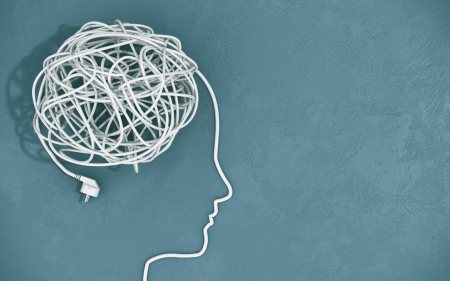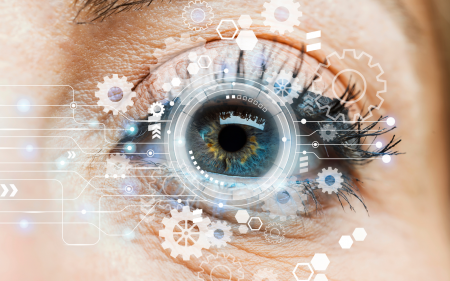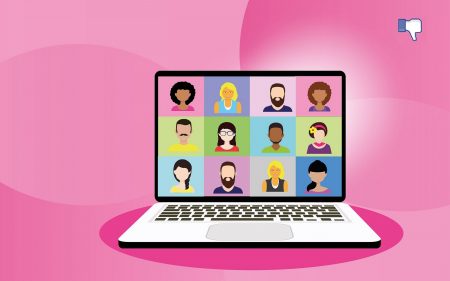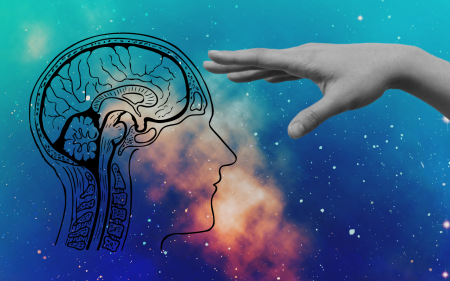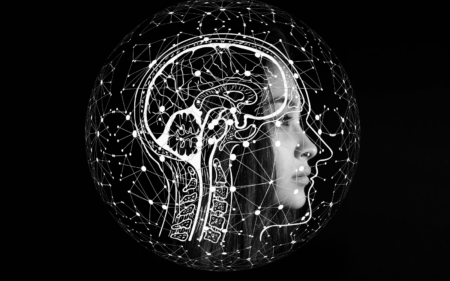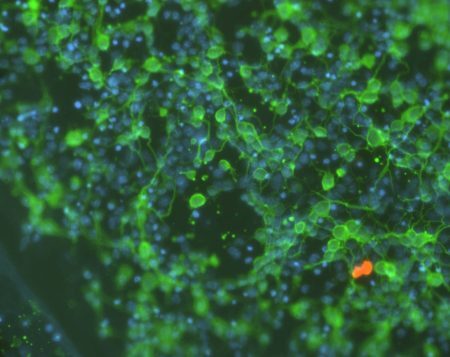Have you ever thought of an ankle sprain as a brain injury? Most people probably wouldn’t. However, we are starting…
Browsing: neuroscience
Elon Musk recently pronounced that the next Neuralink project will be a “Blindsight” cortical implant to restore vision: “Resolution will be low…
Language enables people to transmit thoughts to each other because each person’s brain responds similarly to the meaning of words.…
A new study has shown that our brains don’t respond to other people in virtual meetings the same way they do in live, in-person interactions.
The connections between the neurons in your brain enable you to do amazing things, from brushing your teeth to solving…
We often imagine that human consciousness is as simple as input and output of electrical signals within a network of…
Who has not contemplated how a memory is formed, a sentence generated, a sunset appreciated, a creative act performed or…
More than 5 million people in the United States are affected by limb loss or paralysis. Technological devices that directly interact…
Despite their names, artificial intelligence technologies and their component systems, such as artificial neural networks, don’t have much to do with real brain science. I’m a professor of bioengineering and neurosciences interested in understanding how the brain works as a system – and how we can use that knowledge to design and engineer new machine learning models.
Given that we want to incorporate robots into our social world, it’s no wonder that creating a sense of self in artificial intelligence (AI) is one of the ultimate goals for researchers in the field. If these machines are to be our carers or companions, they must inevitably have an ability to put themselves in our shoes. While scientists are still a long way from creating robots with a human-like sense of self, they are getting closer.

